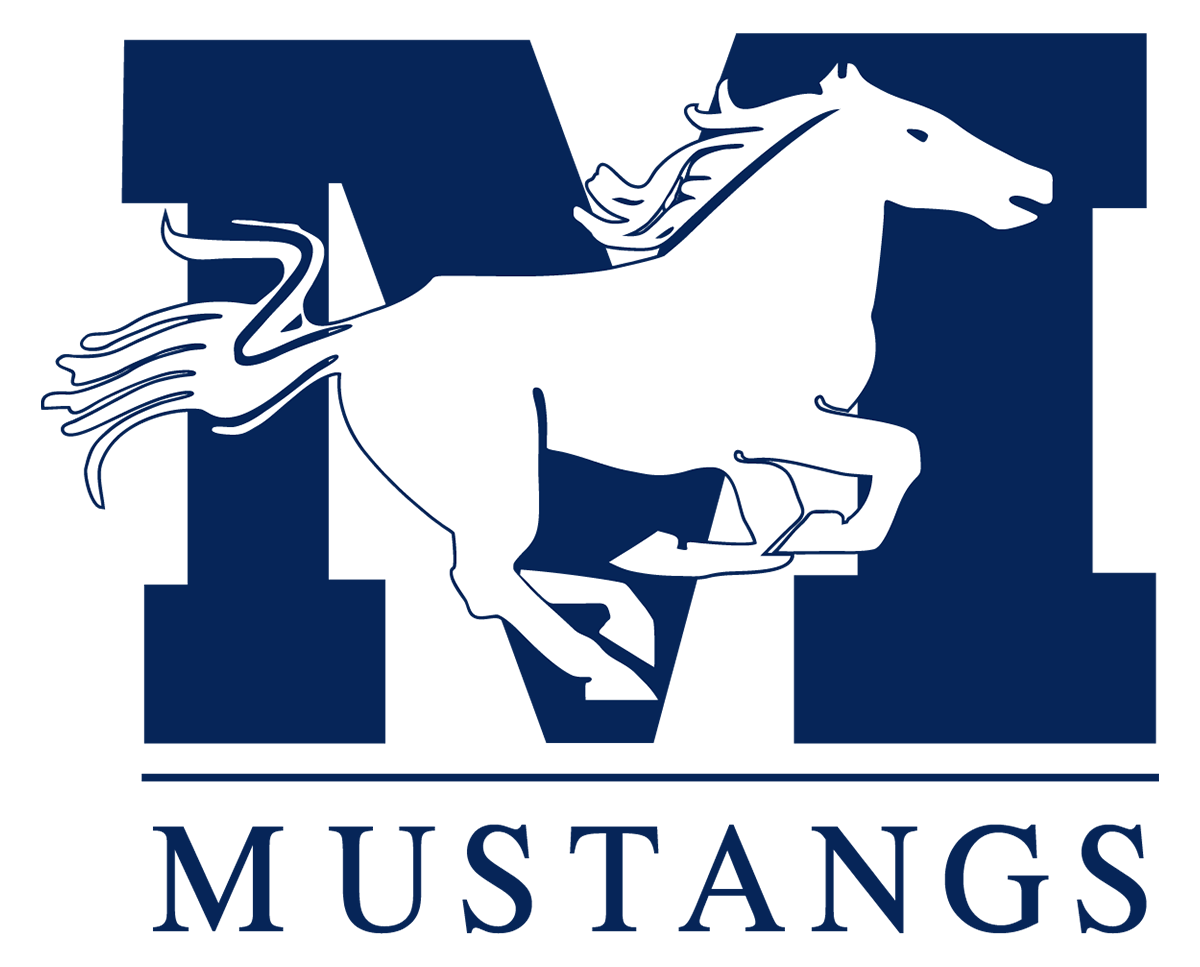Science
Sixth grade Science at Millburn Middle School is an introduction to Physical Science. The lessons are presented with a balance of inquiry-based lab activities and skills that are scaffolded as they are introduced. Students are expected to use science and engineering practices when completing their lab work.
In seventh grade students will use scientific skills and processes and the Practices of Science and Engineering to explain the chemical and physical interactions of the environment, Earth, and the universe that occur over time. The students will learn how cycles that occur on Earth affect themselves, and how humans are affecting the Earth’s natural cycles. For implementing the Next Generation Science Standards in the middle school, the Earth Science curriculum will be student-driven in the quest for students to understand the Earth’s systems, Earth’s place in our Universe, and how the Earth is being impacted by human activities. Each unit and accompanying lesson will examine Earth Science Disciplinary Core Ideas while interweaving the Science and Engineering Practices and Crosscutting Concepts into a three-dimensional learning environment. The school year is divided into the following units: Nature of Sciences, Geology, Astronomy, Meteorology, and Hydrology.
The eighth grade 'Life Science' curriculum incorporates lab work and hands-on activities through the following units: Scientific Practices, Chemistry of Living Things, Cells, Cell Functions, Genetics, Ecology, Evolution and Diversity, Human Body Systems. This is an activity-oriented Life Science course that helps students develop problem-solving and observational skills by using logic-based approaches to application and inquiry. Supported by the text and online resources, learning occurs on a number of different levels and addresses a wide variety of learning styles. This year in labs and activities, students will:
Create a working model of a lung.
Build a model of a cardiac valve.
Investigate organisms, tissues, and cells under the microscope.
Observe preserved specimens.
Demonstrate the effect of work on muscle fatigue.
Collaborate to develop and build a model of an underground photosynthesis chamber.
